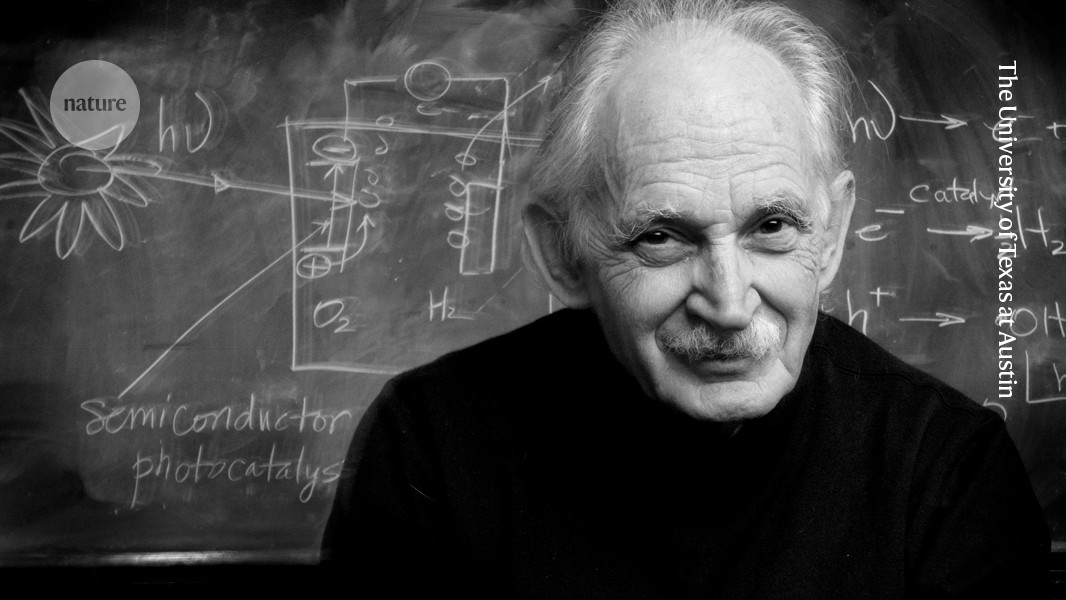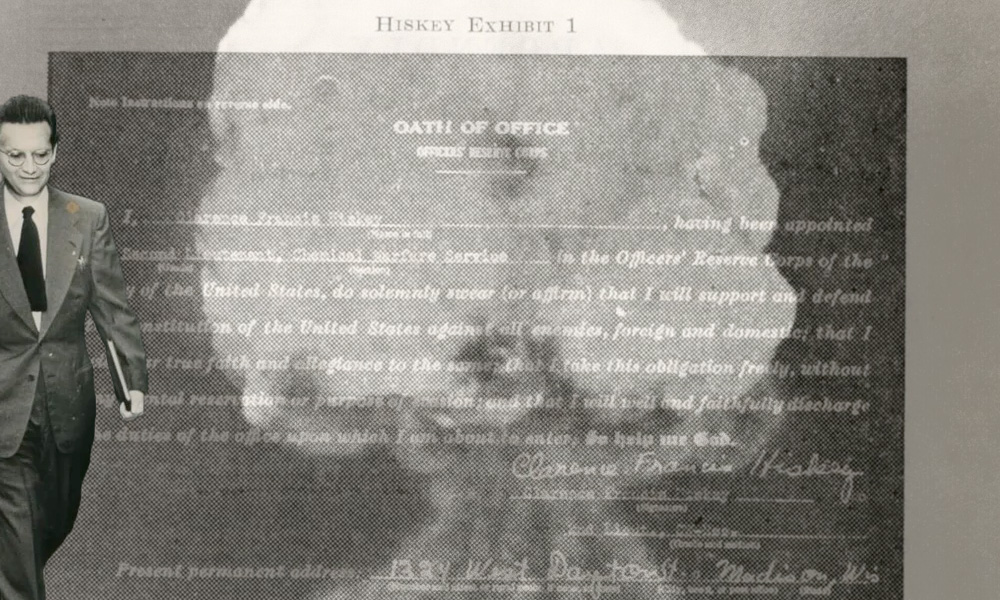
The Untold Story of the First U.S.-Based Nuclear Spy, and How He Got Away With It
Years before anything was publicly disclosed about the nuclear espionage of Julius and Ethel Rosenberg, Klaus Fuchs, and Theodore Hall, the U.S. Federal Bureau of Investigation (FBI) and U.S. Army Intelligence identified Clarence Hiskey, a Manhattan Project scientist, as a Soviet spy helping to provide highly sensitive nuclear weapons information. The two agencies kept watch on a Soviet intelligence officer, Arthur Adams, who was living illegally in the United States and serving as Hiskey’s control officer. Despite an extensive investigation, neither Hiskey nor Adams was ever arrested. Although Adams was named in a sensational tabloid newspaper article shortly after the end of World War II and closely shadowed by the FBI, he was able to flee to the Soviet Union. Hiskey was never indicted for espionage. Based on material released from declassified Russian archives and FBI files made available under the Freedom of Information Act, the following article tells the story of the first U.S.-based nuclear spy and how he got away with it.
In U.S. popular imagination, Julius Rosenberg and Ethel Rosenberg are usually seen as the most important Soviet nuclear spies. Historians would give that dubious honor to Klaus Fuchs or Theodore Hall. The Rosenbergs and Fuchs were arrested in the early 1950s and convicted of turning over important information about the Manhattan Project to Soviet intelligence agencies. Hall admitted his actions after the Venona decryptions identifying him as a Soviet spy were declassified and made public in 1995. But years before any of their names were public, the U.S. government had discovered another Soviet nuclear spy and removed him from any classified work. His Soviet controller was put under intense surveillance, their machinations were publicly exposed by a tabloid reporter, and congressional hearings gave the U.S. public a glimpse of Soviet efforts to infiltrate the most secret wartime program in the United States. But no one was ever arrested or tried in court. The first government attempt to hold nuclear spies responsible for their actions collapsed several years before the Rosenbergs became the only U.S. citizens to be executed for helping the USSR build its own nuclear bomb.
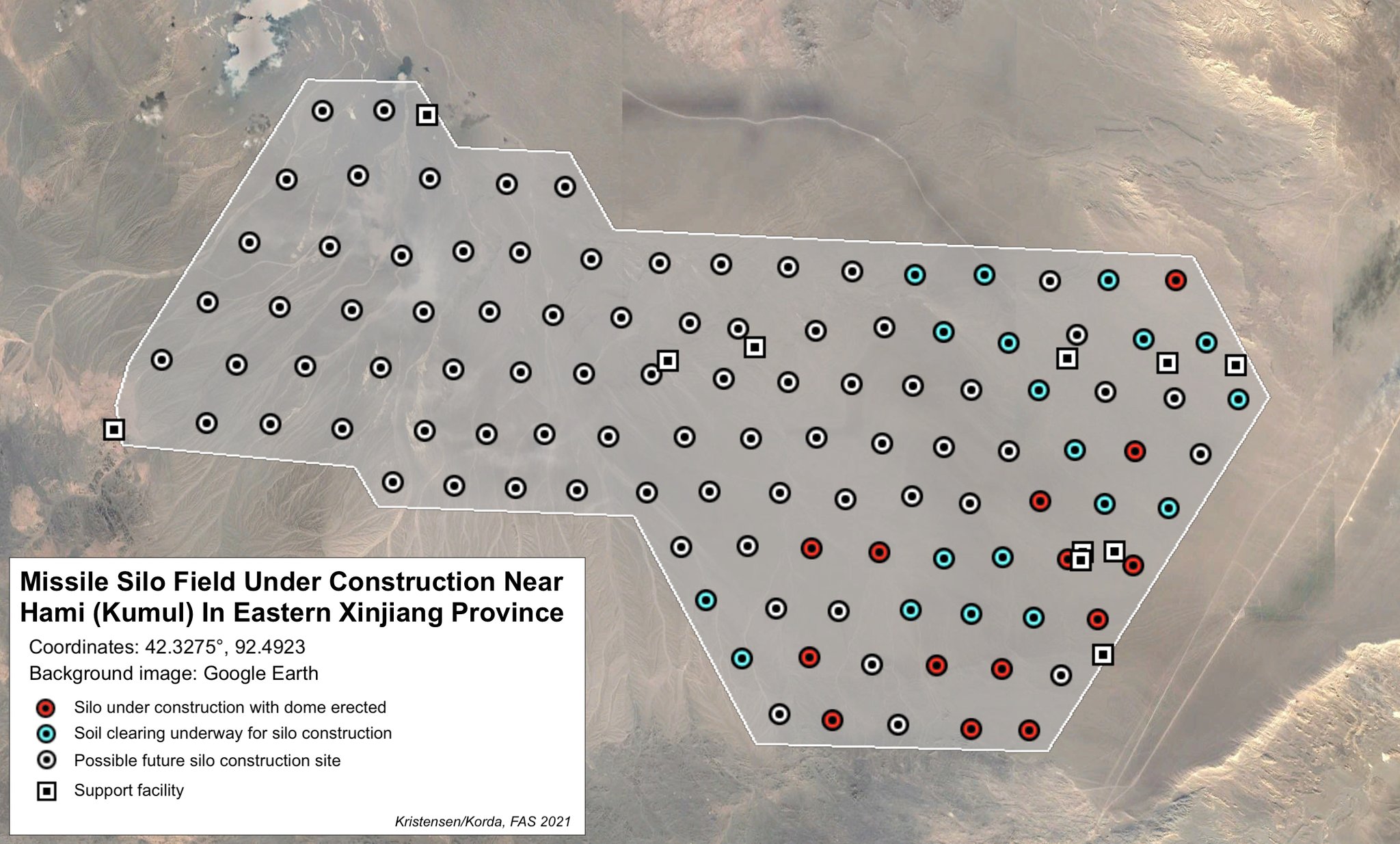







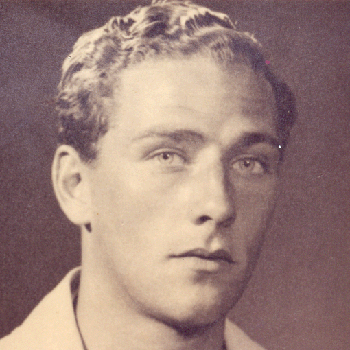









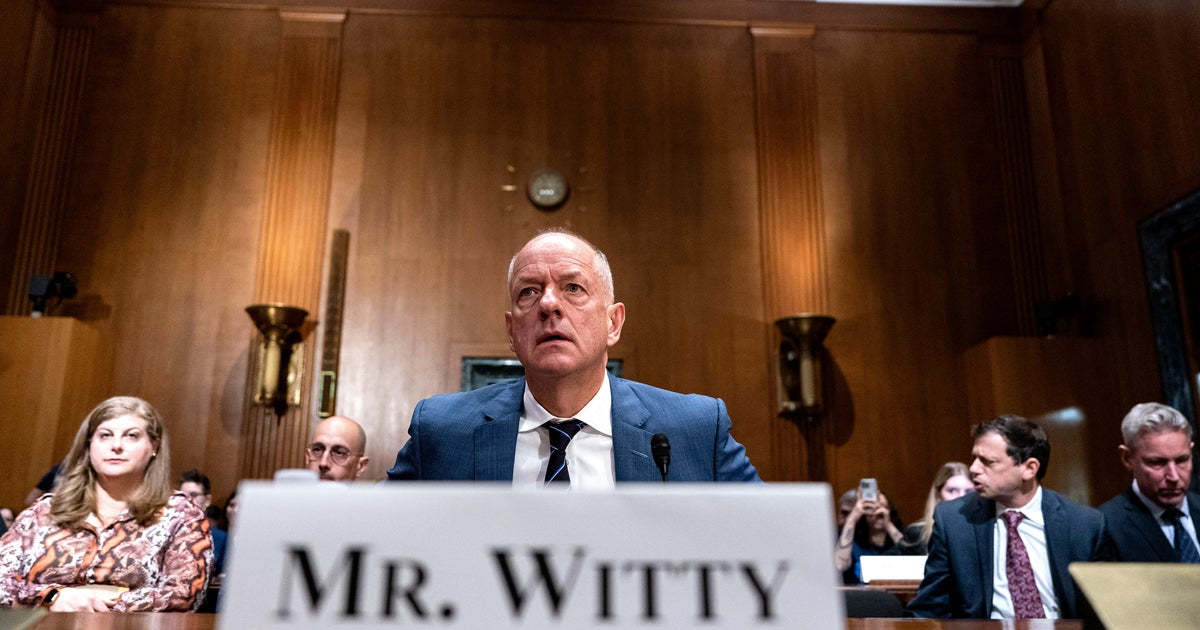





/cdn.vox-cdn.com/uploads/chorus_asset/file/24347780/STK095_Microsoft_04.jpg)

